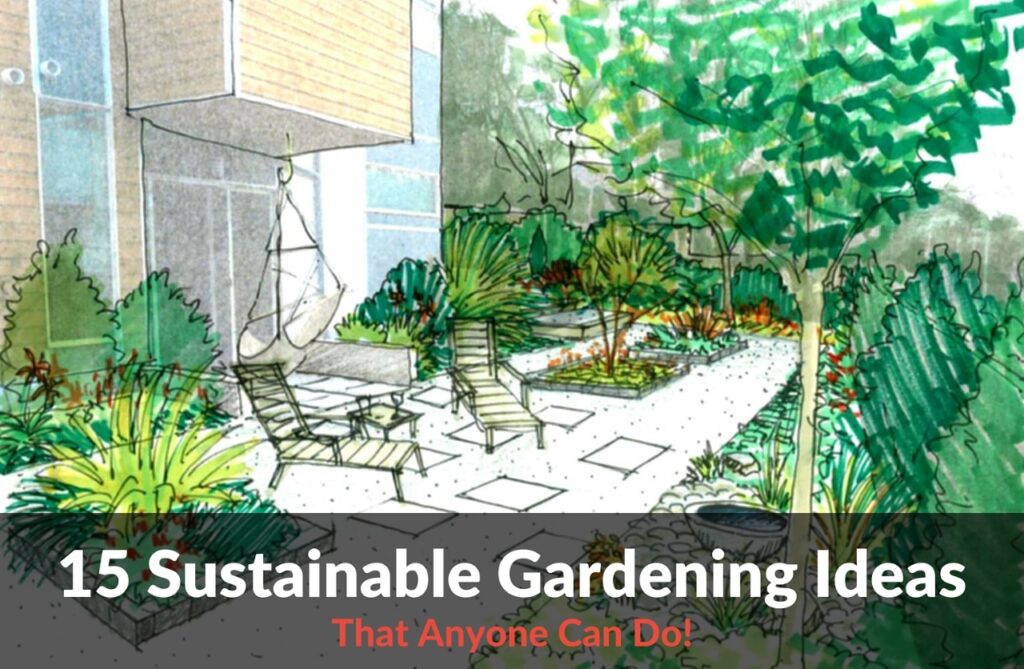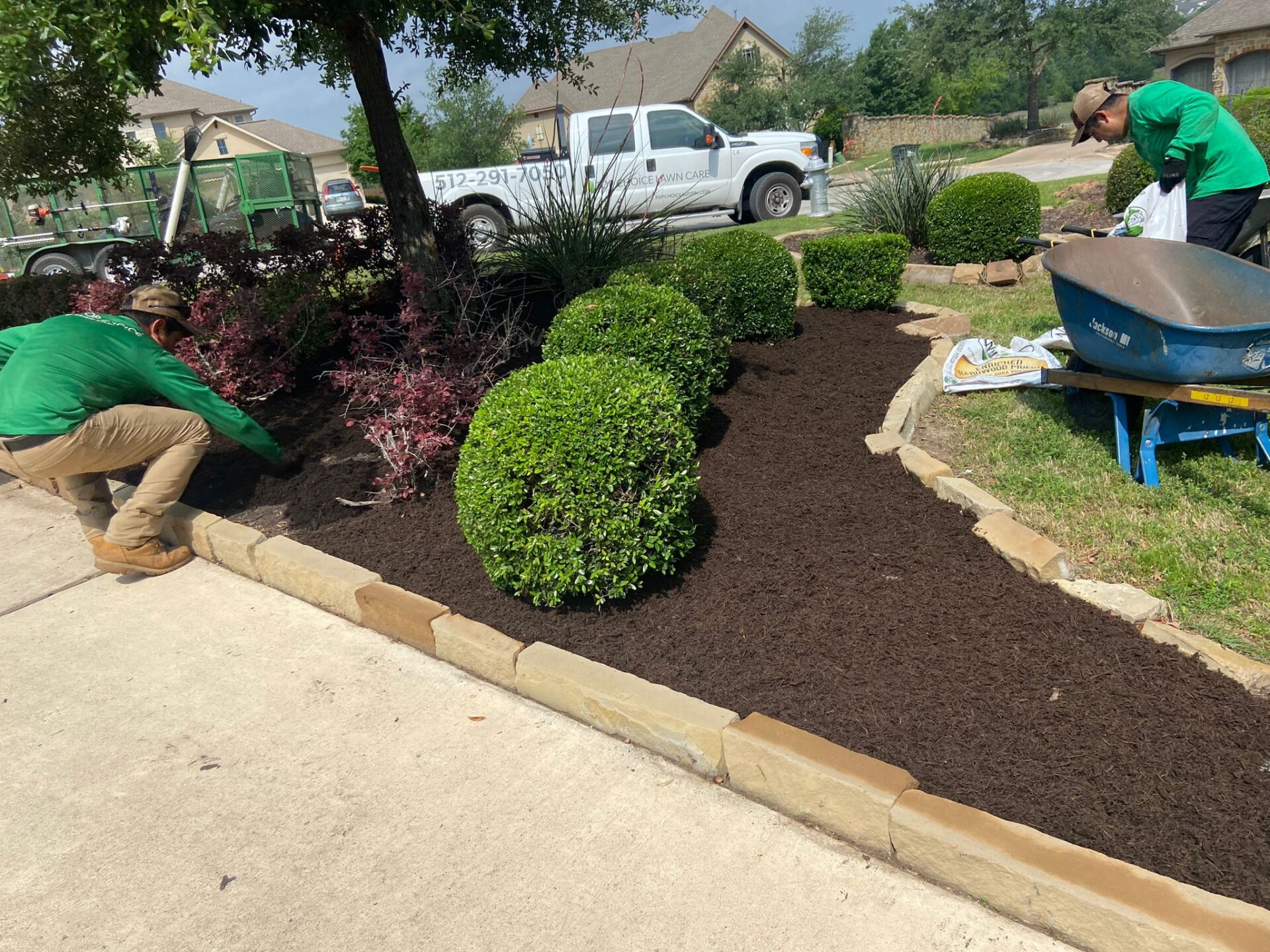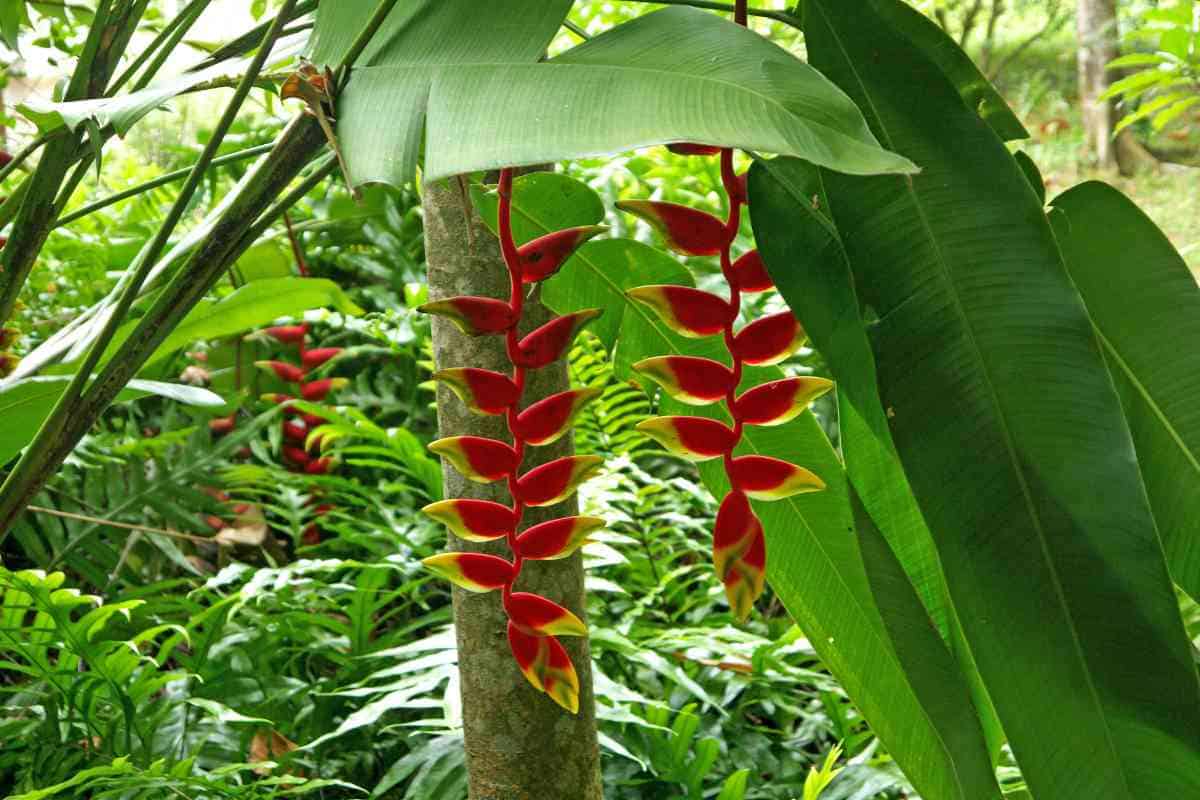
Embracing the Green Revolution: Why Sustainable Gardening Matters
In a world increasingly conscious of its environmental footprint, the call for sustainable practices resonates louder than ever. And what better place to start than in our own backyards? Sustainable garden planning and design isn’t just a trend; it’s a vital shift towards creating spaces that thrive in harmony with nature. It’s about embracing practices that conserve resources, promote biodiversity, and minimize our impact on the planet. Think of it as an investment in a healthier future, one green space at a time.
This comprehensive guide will delve into the core principles of sustainable garden design, offering practical tips, inspiring ideas, and actionable steps to transform your outdoor space into a thriving ecosystem. We’ll explore everything from initial planning stages to ongoing maintenance, ensuring you have the knowledge and confidence to cultivate a garden that’s both beautiful and beneficial.
Laying the Foundation: Planning Your Sustainable Garden
Before you even think about planting a single seed, meticulous planning is paramount. This initial phase sets the stage for the success of your sustainable garden. Consider it the blueprint for your green oasis.
Assessing Your Site: Understanding Your Environment
The first step involves a thorough assessment of your site. Take the time to observe and understand your existing environment. This includes:
- Sunlight: How many hours of direct sunlight does your garden receive each day? This will determine which plants will thrive. Use a sun map to track sunlight patterns throughout the year.
- Soil: What type of soil do you have? Is it sandy, clay-rich, or loamy? A soil test can provide valuable insights into its composition, pH level, and nutrient content.
- Water Availability: Assess your water source. Do you have access to a well, municipal water, or a rainwater harvesting system? Consider the potential for drought and plan accordingly.
- Microclimates: Are there areas of your garden that are sheltered from wind or experience temperature variations? These microclimates can influence plant selection.
- Existing Features: Identify any existing structures, trees, or hardscaping elements that you want to incorporate into your design.
Defining Your Garden Goals: What Do You Want to Achieve?
What are your aspirations for your garden? Do you envision a productive vegetable patch, a tranquil flower garden, a wildlife haven, or a combination of these? Defining your goals will guide your plant selection, design choices, and resource allocation.
- Food Production: Are you interested in growing your own fruits, vegetables, and herbs? Consider the space required, the time commitment, and the specific crops you want to cultivate.
- Aesthetics: Do you prioritize beauty and visual appeal? Consider the colors, textures, and forms of plants to create a visually stunning space.
- Wildlife Habitat: Do you want to attract birds, butterflies, and other beneficial insects? Choose plants that provide food, shelter, and nesting sites.
- Relaxation and Recreation: Do you want a space for relaxation, entertaining, or outdoor activities? Consider incorporating seating areas, pathways, and other features that enhance the user experience.
Creating a Garden Plan: Mapping Your Vision
Once you’ve gathered the necessary information and defined your goals, it’s time to create a detailed garden plan. This plan will serve as your roadmap, guiding you through the design and implementation process.
- Sketching Your Design: Start by sketching a rough layout of your garden, including the placement of beds, pathways, structures, and other features.
- Plant Selection: Choose plants that are well-suited to your climate, soil conditions, and goals. Consider factors such as sunlight requirements, water needs, mature size, and aesthetic appeal.
- Layout and Spacing: Determine the layout of your planting beds, pathways, and other features. Consider the spacing requirements of your plants to ensure they have enough room to grow and thrive.
- Hardscaping Elements: Plan for any hardscaping elements, such as patios, walkways, and retaining walls. Consider the materials, dimensions, and placement of these elements.
- Watering System: Design a water-efficient watering system, such as drip irrigation or soaker hoses, to conserve water and deliver it directly to the plants’ roots.
- Soil Amendments: Plan for soil amendments, such as compost and organic matter, to improve soil health and fertility.
Sustainable Design Principles: Building a Thriving Ecosystem
Sustainable garden design goes beyond aesthetics; it’s about creating a self-sustaining ecosystem that minimizes environmental impact and promotes biodiversity. Here are some core principles to embrace:
Water Conservation: Preserving a Precious Resource
Water is a precious resource, and conserving it is crucial for sustainable gardening. Here are some effective strategies:
- Rainwater Harvesting: Collect rainwater from your roof and store it in rain barrels or cisterns. This water can be used for irrigation, reducing your reliance on municipal water.
- Efficient Irrigation Systems: Install drip irrigation or soaker hoses to deliver water directly to the plants’ roots, minimizing water loss through evaporation.
- Water-Wise Plant Selection: Choose drought-tolerant plants that require less water. Research native plants that are adapted to your local climate.
- Mulching: Apply a thick layer of mulch around your plants to retain moisture in the soil, suppress weeds, and regulate soil temperature.
- Soil Improvement: Improve your soil’s water-holding capacity by adding organic matter, such as compost and well-rotted manure.
Soil Health: Nurturing the Foundation of Life
Healthy soil is the foundation of a thriving garden. It provides essential nutrients, supports plant growth, and acts as a natural filter for water. Here’s how to promote soil health:
- Composting: Compost your yard waste, kitchen scraps, and other organic materials to create nutrient-rich compost.
- Adding Organic Matter: Incorporate compost, well-rotted manure, and other organic matter into your soil to improve its structure, fertility, and water-holding capacity.
- Cover Cropping: Plant cover crops, such as clover or rye, to protect the soil from erosion, suppress weeds, and add organic matter.
- Avoiding Synthetic Fertilizers: Use organic fertilizers, such as compost tea or fish emulsion, to provide nutrients to your plants without harming the environment.
- No-Till Gardening: Minimize soil disturbance by practicing no-till gardening. This helps preserve soil structure, prevent erosion, and promote beneficial soil organisms.
Plant Selection: Choosing the Right Plants for Your Garden
Selecting the right plants is crucial for the success of your sustainable garden. Here’s what to consider:
- Native Plants: Choose native plants that are adapted to your local climate and soil conditions. They require less water, fertilizer, and pesticides than non-native plants.
- Drought-Tolerant Plants: Select drought-tolerant plants to conserve water.
- Pollinator-Friendly Plants: Plant flowers that attract bees, butterflies, and other pollinators.
- Edible Plants: Grow a variety of fruits, vegetables, and herbs to provide fresh, healthy food.
- Consider the Microclimate: Match plants to the specific microclimates within your garden.
Pest and Disease Management: Embracing Natural Control
Sustainable gardening minimizes the use of pesticides and herbicides by employing natural pest and disease management strategies.
- Beneficial Insects: Attract beneficial insects, such as ladybugs and lacewings, to control pests.
- Companion Planting: Plant companion plants that repel pests or attract beneficial insects.
- Crop Rotation: Rotate crops to prevent the build-up of pests and diseases.
- Handpicking: Remove pests by hand.
- Organic Pest Control: Use organic pest control methods, such as insecticidal soap or neem oil, as a last resort.
- Disease-Resistant Varieties: Choose disease-resistant plant varieties.
Reducing Waste: Minimizing Your Environmental Footprint
Sustainable gardening aims to minimize waste and reduce your environmental footprint.
- Composting: Compost your yard waste and kitchen scraps.
- Mulching: Use mulch to suppress weeds and retain moisture.
- Recycling: Recycle any plastic pots, containers, and other materials.
- Using Recycled Materials: Utilize recycled materials for garden structures, such as raised beds and pathways.
- Reducing Packaging: Buy plants and gardening supplies that come with minimal packaging.
Design Elements for a Sustainable Garden
Incorporate these design elements to enhance the sustainability of your garden:
Raised Beds: Enhancing Soil Drainage and Accessibility
Raised beds offer several advantages for sustainable gardening.
- Improved Drainage: Raised beds provide excellent drainage, preventing waterlogging.
- Enhanced Soil Control: You have complete control over the soil composition and fertility.
- Accessibility: Raised beds make gardening easier for people with mobility issues.
- Efficient Use of Space: You can maximize the use of your garden space.
Pathways: Creating Functional and Attractive Spaces
Consider the materials and design of your pathways:
- Permeable Materials: Use permeable materials, such as gravel, mulch, or stepping stones, to allow rainwater to infiltrate the soil.
- Natural Materials: Opt for natural materials, such as stone or wood, to blend with the environment.
- Strategic Placement: Design pathways that provide easy access to all parts of the garden.
Structures: Incorporating Sustainable Features
Consider sustainable materials for garden structures:
- Compost Bins: Build a compost bin to recycle yard waste and kitchen scraps.
- Greenhouses: Construct a greenhouse to extend the growing season.
- Trellises and Arbors: Provide support for climbing plants and add visual interest.
- Rainwater Harvesting Systems: Install rain barrels or cisterns.
Maintenance and Ongoing Care: Keeping Your Garden Thriving
Sustainable gardening is an ongoing process that requires regular maintenance and care. Here’s what you need to do:
Watering: Watering Wisely
Water your garden deeply and infrequently, preferably in the morning or evening to minimize water loss through evaporation. Monitor the moisture levels in the soil and adjust your watering schedule accordingly.
Weeding: Managing Unwanted Guests
Regular weeding is essential for maintaining a healthy garden. Remove weeds promptly to prevent them from competing with your plants for resources. Mulching can help suppress weed growth.
Fertilizing: Nurturing Your Plants
Fertilize your plants with organic fertilizers, such as compost tea or fish emulsion, to provide them with essential nutrients. Avoid synthetic fertilizers, which can harm the environment.
Pruning: Shaping and Maintaining Your Plants
Prune your plants regularly to maintain their shape, remove dead or diseased branches, and promote healthy growth. Pruning also helps to improve air circulation and sunlight penetration.
Observation: Monitoring and Adapting
Regularly observe your garden to identify any problems, such as pests, diseases, or nutrient deficiencies. Adjust your practices as needed to address these issues and ensure the continued health and vitality of your garden.
Examples of Sustainable Garden Designs
Let’s look at some inspiring examples of sustainable garden designs:
The Edible Forest Garden
This design mimics the structure of a natural forest, with multiple layers of plants, including trees, shrubs, herbs, and groundcovers. It’s highly productive, requires minimal maintenance, and provides a diverse habitat for wildlife.
The Permaculture Garden
Permaculture gardens are designed to create self-sustaining ecosystems that mimic natural patterns. They often incorporate elements such as rainwater harvesting, composting, and companion planting.
The Native Plant Garden
This design focuses on using native plants that are adapted to the local climate and soil conditions. It’s a low-maintenance option that supports local wildlife and conserves water.
The Urban Garden
Urban gardens can be created in small spaces, such as balconies, rooftops, or backyards. They can incorporate raised beds, containers, and vertical gardening techniques to maximize space and productivity.
Troubleshooting Common Challenges
Even with careful planning and execution, you may encounter some challenges in your sustainable garden. Here’s how to address them:
Pest Infestations
Identify the pests and their preferred host plants. Implement natural pest control methods, such as introducing beneficial insects, using insecticidal soap, or handpicking pests. Crop rotation and companion planting can also help prevent infestations.
Disease Outbreaks
Identify the disease and its cause. Remove and dispose of infected plants. Improve air circulation and sunlight penetration. Use disease-resistant plant varieties. Avoid overwatering and overcrowding.
Watering Issues
Monitor your soil moisture levels and adjust your watering schedule accordingly. Use a soaker hose or drip irrigation system to deliver water directly to the plants’ roots. Mulch your plants to retain moisture in the soil.
Weed Control
Mulch your garden beds to suppress weed growth. Hand-pull weeds regularly. Use a hoe to remove weeds. Consider using a weed torch as a last resort.
Getting Started: Your Sustainable Gardening Journey
Embarking on your sustainable gardening journey can be incredibly rewarding. Here are some tips to get you started:
Start Small: Don’t Overwhelm Yourself
Begin with a small area and gradually expand your garden as you gain experience. This will make the process more manageable and less overwhelming.
Research: Educate Yourself
Learn about sustainable gardening practices, native plants, and local gardening resources. There are numerous books, websites, and workshops available to help you.
Connect with Others: Join a Community
Connect with other gardeners in your community. Share your experiences, learn from others, and find support. Join a local gardening club or online forum.
Be Patient: Enjoy the Process
Sustainable gardening is a journey, not a destination. Be patient, enjoy the process, and embrace the learning opportunities that come your way. Celebrate your successes and learn from your mistakes.
Conclusion: Cultivating a Greener Tomorrow
Sustainable garden planning and design is a powerful way to connect with nature, reduce your environmental impact, and create a beautiful and thriving outdoor space. By embracing the principles of water conservation, soil health, plant selection, and natural pest control, you can create a garden that’s both beautiful and beneficial. So, take the first step, get your hands dirty, and start cultivating your green future today. The rewards are immeasurable.


